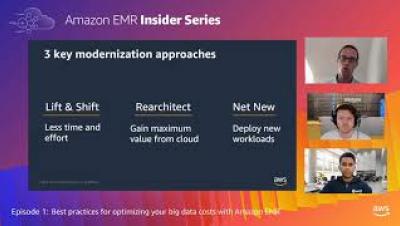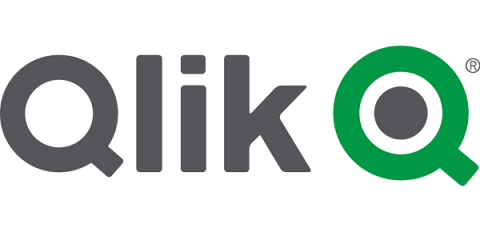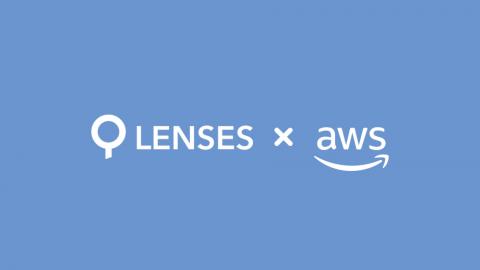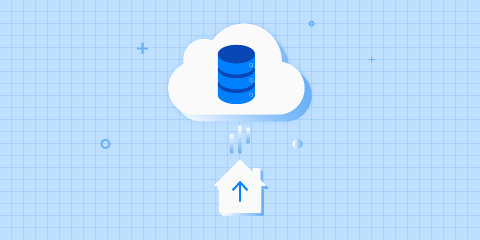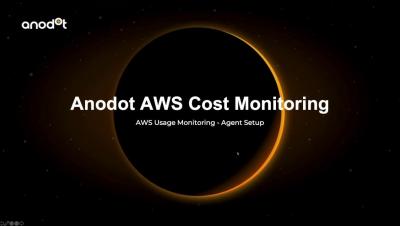Systems | Development | Analytics | API | Testing
July 2020
Amazon EMR Insider Series: Optimizing big data costs with Amazon EMR & Unravel
Adoption of a Cloud Data Platform, Intelligent Data Analytics While Maintaining Security, Governance and Privacy
“You cannot be the same, think the same and act the same if you hope to be successful in a world that does not remain the same.” This sentence by John C. Maxwell is so relevant to rapidly changing cloud hosting technology. Businesses understand the added value and are looking at cloud technologies to handle both operational and analytical workloads.
It Takes Two to Kafka: AWS MSK + DataOps
I ordered a ride share recently from a beach; the app struggled to find a car, so I had to make several requests. After the fourth or fifth attempt, my bank alerted me to possible fraudulent activity on my credit card via SMS. Each time I ordered a ride, the service put a pending charge on my card. After I texted back that it was just me, the bank reactivated my account. Though the process was annoying, I felt reassured my bank could detect possible fraudulence that quickly.
Anodot Tutorial: AWS Cost & Usage Report (CUR) Monitoring
Good Catch: Cloud Cost Monitoring
Aside from ensuring each service is working properly, one of the most challenging parts of managing a cloud-based infrastructure is cost monitoring. There are countless services to keep track of—including storage, databases, and computation—each with their own complex pricing structure. Monitoring cloud costs is quite different from other organizational costs in that it can be difficult to detect anomalies in real-time and accurately forecast monthly costs.
ChaosSearch Live Demo - Cloudflare Log Analysis Made Easy
ChaosSearch Live Demo - Kubernetes Log Analysis Made Easy
Why Should Your Business Move to the Cloud?
Cloud computing is a well-established IT option for businesses of all sizes in the modern era, but there are still plenty of organizations that have remained reticent about adoption. If you are in this camp, here is a look at a few of the reasons that migrating an on-premise data warehouse to the cloud may make a lot of sense, in addition to the other contexts in which the cloud could be a better fit for your business.
Anodot Tutorial: Monitoring AWS Usage with Machine Learning
Building an effective data approach in a hybrid cloud world
“In today’s world of disruption and transformation, there are a few key things that all organizations are trying to figure out: how to remain relevant to their customer base, how to deal with the pressure of disruption in their industry and, undoubtedly, how to look to technology to help deliver a better service.” Paul Mackay Today we are sitting down with Marc Beierschoder, Analytics & Cognitive Offering Lead at Deloitte Germany and Paul Mackay, the EMEA Cloud Lead at Cloudera to dis
Eliminate the pitfalls on your path to public cloud
As organizations look to get smarter and more agile in how they gain value and insight from their data, they are now able to take advantage of a fundamental shift in architecture. In the last decade, as an industry, we have gone from monolithic machines with direct-attached storage to VMs to cloud. The main attraction of cloud is due to its separation of compute and storage – a major architectural shift in the infrastructure layer that changes the way data can be stored and processed.



